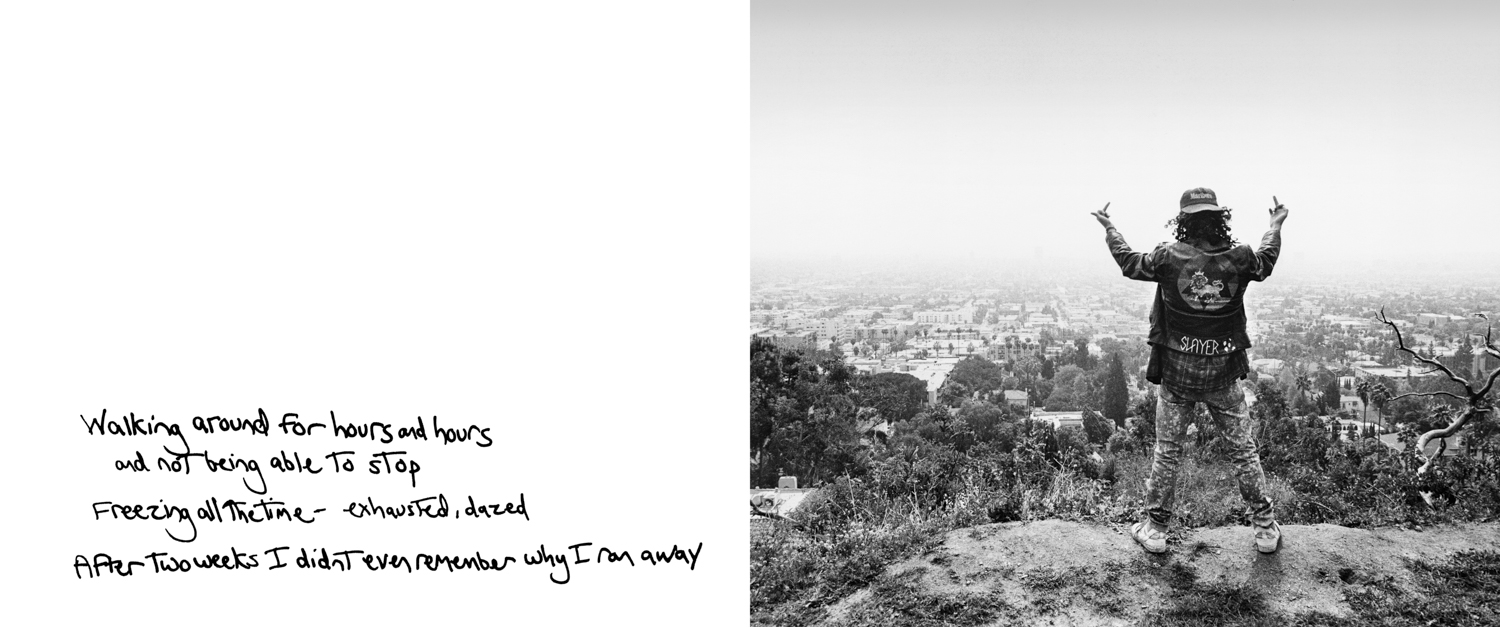Art Movements & Isms
PICTORIALISM
time period : 1880s-1920s
Key characteristics/ conventions : to make photography an accepted art form, the adaptation of skill, reacted against mechanization and industrialization, constructed images looking for harmony of matter, mind and spirit – subjective and spiritual motive. Pictorialism is an approach to photography that emphasizes beauty of subject matter, tonality, and composition rather than the documentation of reality. Images had a foggy, mystical-type quality of fantasy that highlighted the aesthetically pleasing elements of an image.
Artists associated: Hugo Henneberg, George Davison, Alfred Stieglitz, Henry Peach Robinson.
Key works: (Equivalent; clouds study), (He Never Told His Love 1884), (Reflections 1899).
Methods/ techniques/ processes: Vaseline on lens, scratching the print, manipulating images in the darkroom, making photographs that resembled paintings
ALLEGORICAL PAINTINGS
PICTORIALISM PHOTOGRAPHY
REALISM / STRAIGHT PHOTOGRAPHY
Time period: 1920s
Key characteristics/ conventions : abstract, landscape, show things how they are/ were, the key characteristic of this style was to reflect a person/landscape/object with complete honesty and ‘realism., without heavy editing or manipulation.
Artists associated: Paul Strand, Walker Evans, Edward Weston, Dorothea Lange.
Key works: ‘A Sea of Steps’, Monolith, the Face of Half Dome (1927), Ladder of Ladders (1931).
Methods/ techniques/ processes: darkroom, digital processes, lighting, exposure.
STRAIGHT PHOTOGRAPHY
MODERNISM
Time period: 1900-1960’s
Key characteristics/ conventions : difference between wrong and right, what will America’s future be, what is truth, and what does it mean to be an American. Break from tradition which focuses on being bold and experimenting with new style and form and the collapse of old social and behavioural norms.
Artists associated: Dora Maar, Edward Steichen, André Kertész, , Paul Strand, Tina Modotti.
Key works: (Metamorphosis of Narcissus), Workers Parade, Blind, Wall Street.
Methods/ techniques/ processes: experimentation, abstraction, emphasis on materials.
MODERNISM PHOTOGRAPHY
POST-MODERNISM
Time period: 1960s- 1970s
Key characteristics/ conventions : reaction against the ideas and values of modernism, scepticism, irony and philosophical critiques of the concepts of universal truths and objective reality. Modernism was based on idealism and reason, postmodernism was born of scepticism and a suspicion of reason.
Artists associated: William Eggleston, Cindy Sherman, Jeff Wall, Guy Bourdin, Goran Sekulovski, Lee Friedlander, Andreas Gursky, Jacky Redgate, Robyn Stacey, Yasumasa Morimura.
Key works: Campbells Tomato Juice Box, A requiem: spinning a thread between the light and the earth 1946, Ice.
Methods/ techniques/ processes: Can be characterized by a deliberate use of earlier styles and conventions, and an eclectic mixing of different artistic and popular styles and mediums.
POSTMODERN PHOTOGRAPHy




























